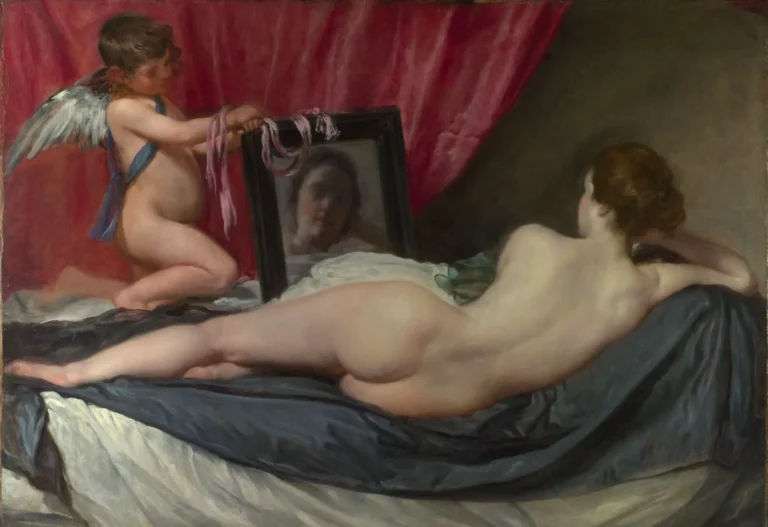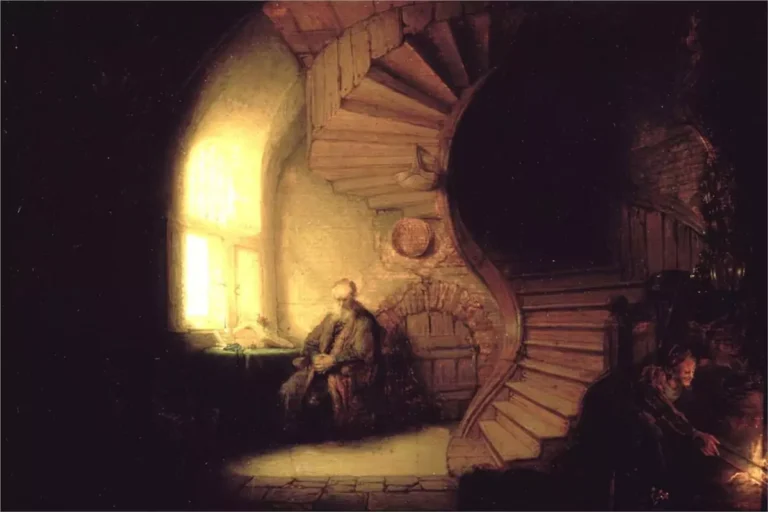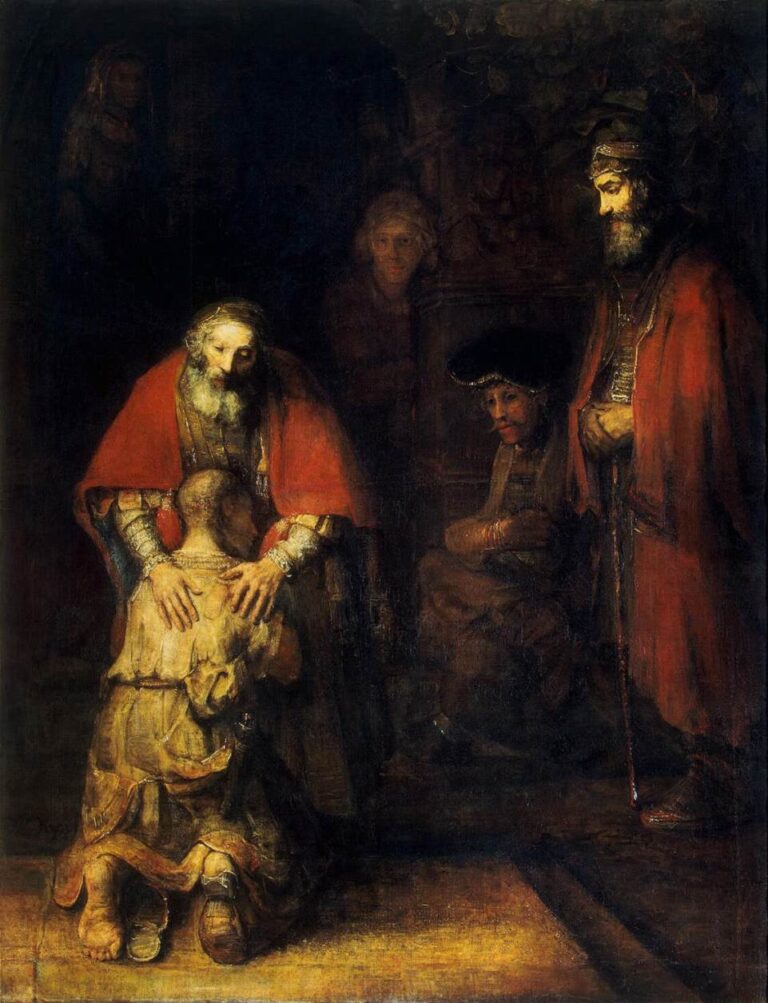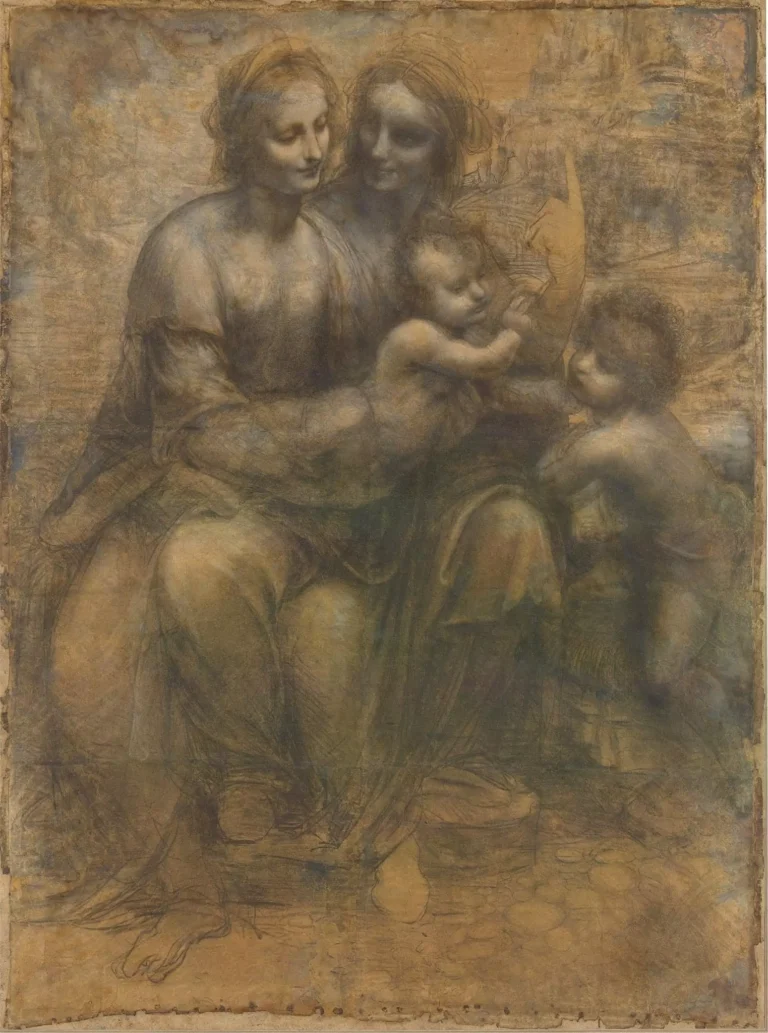Looking for a muse? Check no further. Discover the Best of Art, Culture, History & Beyond!

Some men carve their destinies with swords; others wield brushes that cut just as deep. Michelangelo Merisi da Caravaggio was both—a master of light and shadow, and a man whose life was as dark and turbulent as his paintings. He revolutionized art with his stark realism, his raw emotion, and a play of light so dramatic it seemed to expose the soul itself. But beyond his genius lay a fugitive, a brawler, and a man forever on the run.
The Orphan Who Challenged the Divine
Caravaggio was born in 1571 in Milan, but it was the plague that shaped him. By the time he was six, death had robbed him of his father and grandfather. He grew up in the village of Caravaggio, from which he took his name, and by his teenage years, he was already in Milan, training under the artist Simone Peterzano—a disciple of the great Titian. There, he learned the techniques of the Venetian masters, but Caravaggio had no patience for the ethereal beauty of the Renaissance. He wanted flesh and blood, sinners and saints, the sweat of laborers, the wrinkles of the forgotten.
Rome – The Making of a Legend
By his early twenties, Caravaggio had made his way to Rome, the epicenter of artistic and religious power. The Eternal City was no kind place for a penniless painter, but his talent was undeniable. He painted the street life around him—gamblers, drinkers, prostitutes—and turned them into saints and martyrs. The Church was both scandalized and mesmerized.
His breakthrough came with “The Calling of Saint Matthew” (1599–1600). In a single beam of light slicing through darkness, Christ beckons Matthew—a tax collector, a sinner—to follow him. This was no celestial vision bathed in gold leaf; it was gritty, real, almost like a scene from a backstreet tavern. The power was in the drama, the contrast of light and darkness, the raw emotion captured mid-breath.
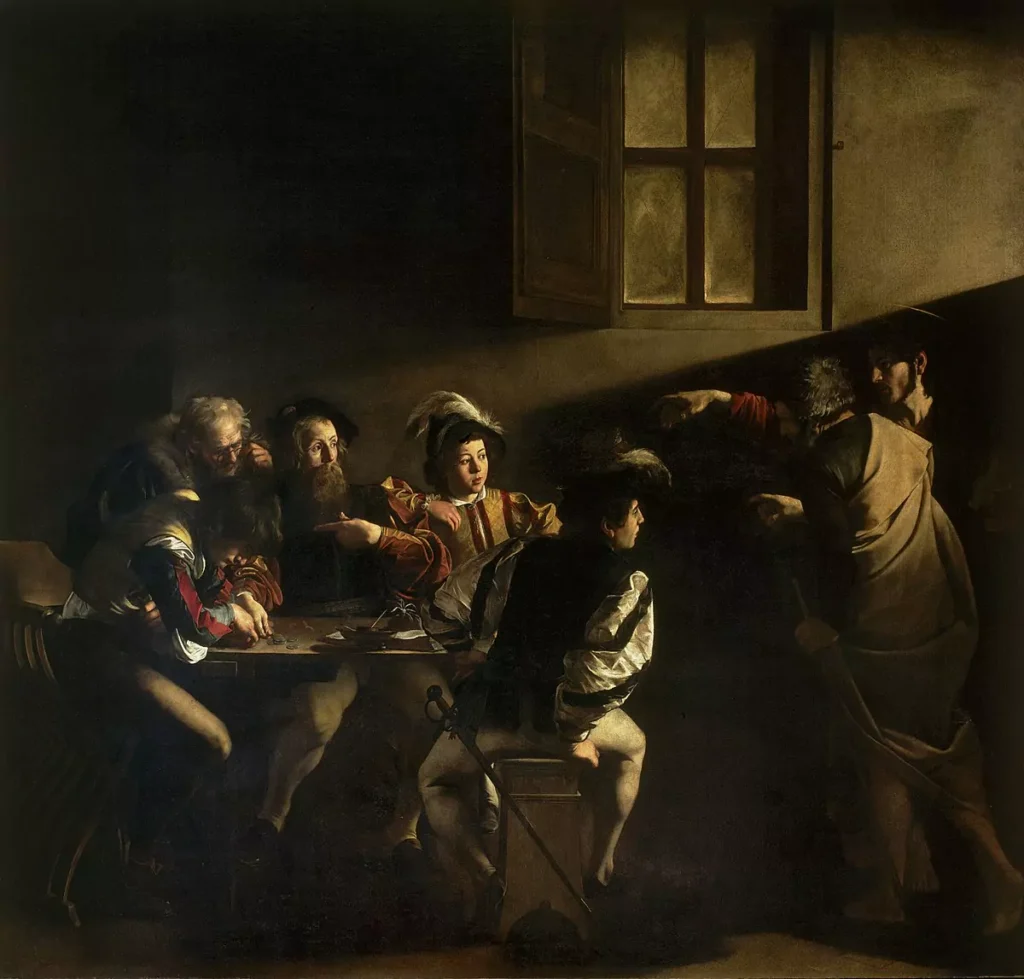
A Blade in One Hand, a Brush in the Other
Caravaggio painted with intensity, and he lived with recklessness. Rome had its rules, but Caravaggio lived by none. He fought duels over women, over money, over slights real and imagined. He was arrested multiple times for carrying weapons illegally, for fighting in the streets, even for hurling a plate of artichokes at a waiter.
His temper, however, was his greatest downfall. In 1606, during a violent dispute—possibly over a bet, possibly over a woman—Caravaggio killed a man, Ranuccio Tomassoni. He fled Rome with a death sentence hanging over his head, leaving behind an unfinished masterpiece and a city that both adored and feared him.
The Fugitive Genius
Caravaggio’s life after Rome was a fevered escape from the gallows. He first sought refuge in Naples, where he painted some of his most intense and brooding works. Then came Malta, where he tried to gain favor with the Knights of St. John, but even they found him too unruly. After yet another brawl, he was imprisoned, but in true Caravaggio fashion, he escaped—a feat as legendary as his paintings.
Sicily was next, then back to Naples, where enemies lurked in the shadows. He was ambushed, his face slashed in a vicious attack, possibly in revenge for his past transgressions. His self-portraits from this time show a man ravaged by exile, paranoia etched into every brushstroke.
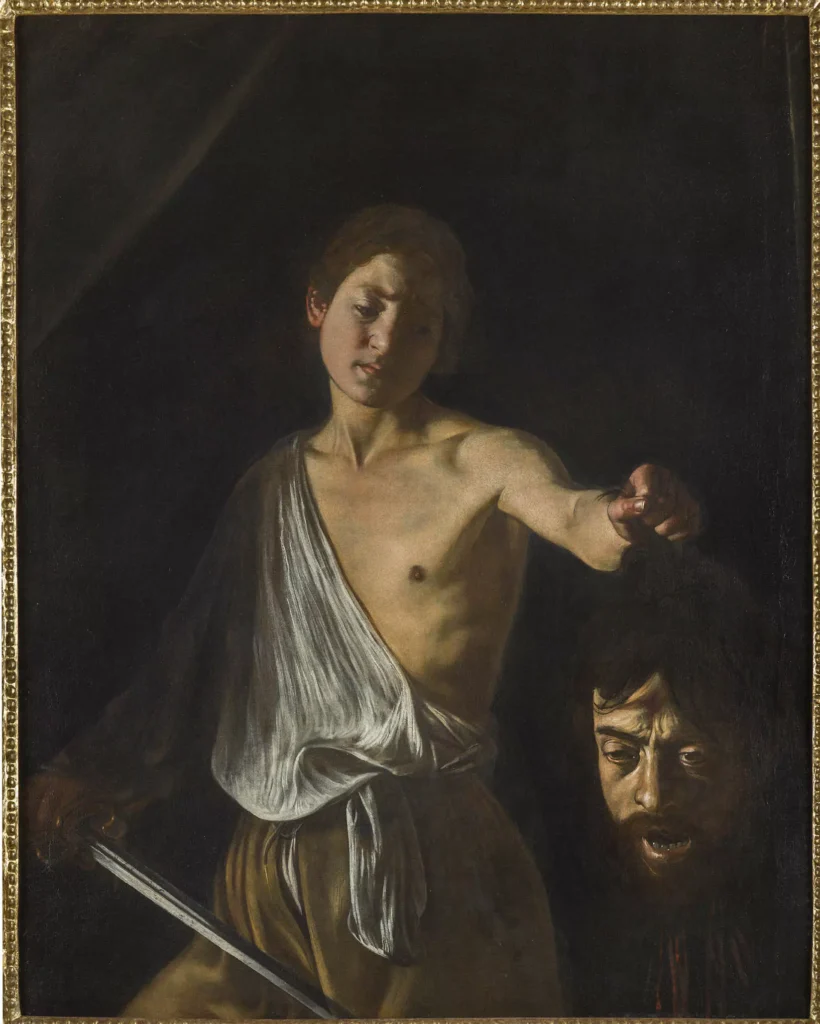
The Mysterious End
By 1610, word reached him that a papal pardon was possible. Hope flickered. He set sail for Rome, but fate had other plans. Somewhere along the coast, he fell ill—some say malaria, others claim lead poisoning from the very paints he used. He died at 38, his body buried in an unmarked grave.
His death remains a mystery. Was he poisoned by enemies? Did he succumb to fever? Or was he simply a man who had burned too fiercely, consumed by his own fire?
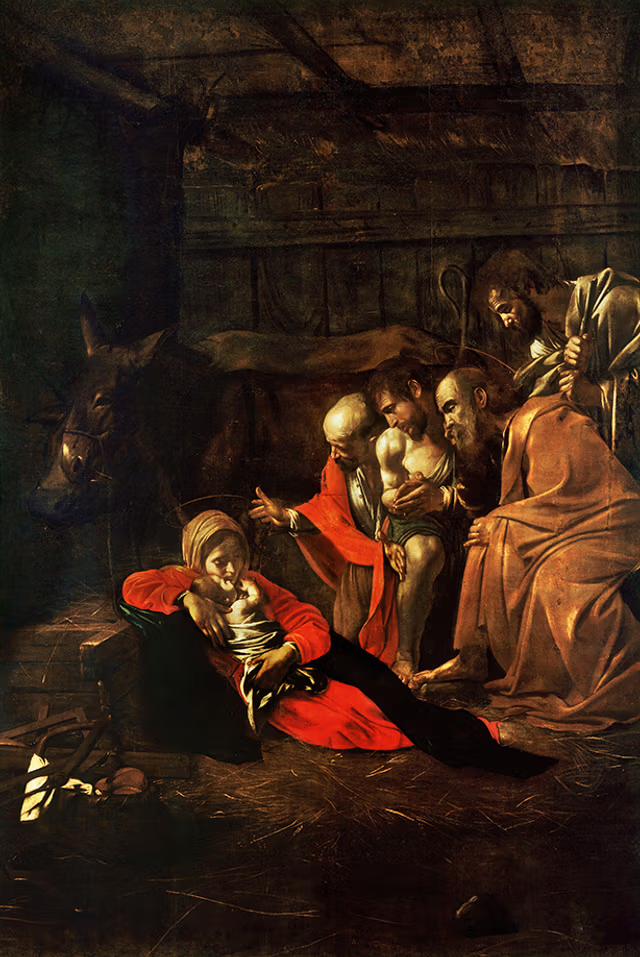
The Legacy of Light and Darkness
Caravaggio changed art forever. His technique, known as chiaroscuro—the dramatic use of light and shadow—shaped the Baroque movement and inspired artists like Rubens, Rembrandt, and Velázquez. His subjects, raw and unidealized, brought divine narratives down to the streets, making saints of beggars and visionaries of the damned.
His life was chaos, but his art was controlled brilliance. He was a criminal, but also a revolutionary. He lived as recklessly as he painted—on the edge, in extremes, with an unrelenting passion that continues to captivate centuries later.
Caravaggio – the genius, the fugitive, the man who painted with both light and blood.

This article is published on ArtAddict Galleria, where we explore the intersections of art, history, and culture. Stay tuned for more insights and discoveries!
